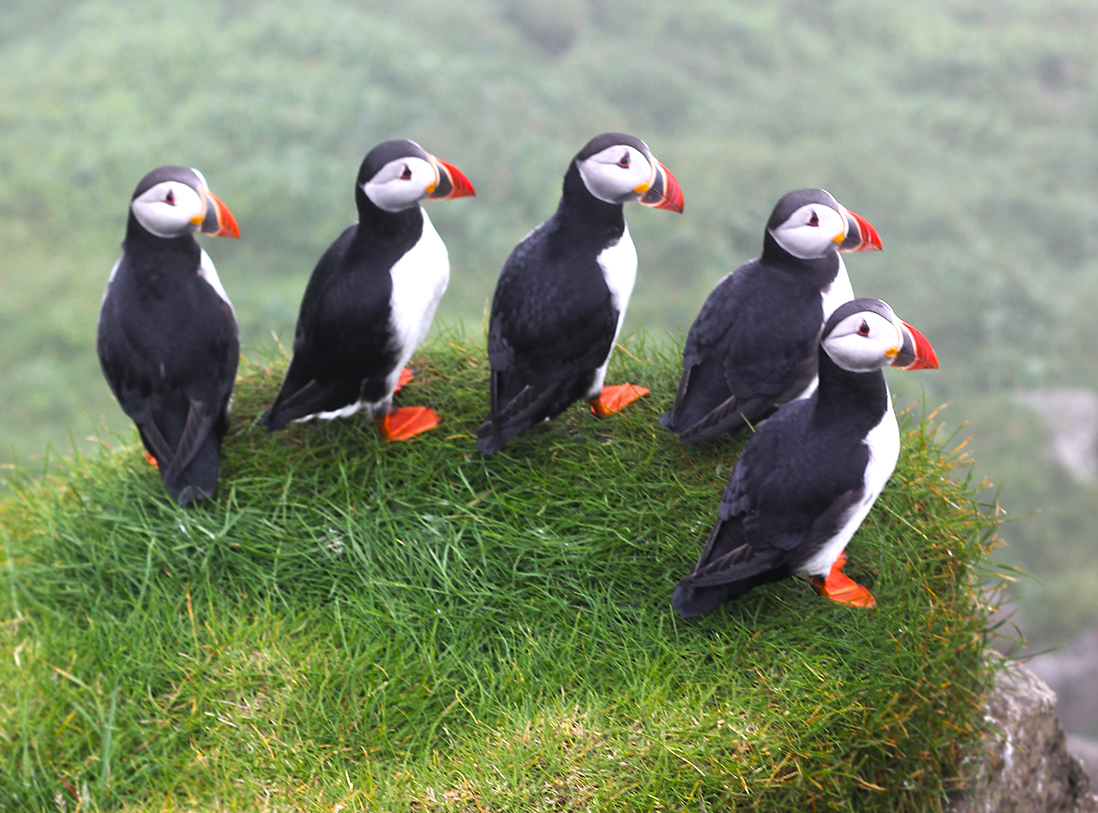What you can learn from the Faroe Islands
Should you go? I give the place high marks for food and scenery, but the total population of about 48,700 limits other benefits. It is like visiting a smaller, more unspoilt Iceland. There is a shop in the main city selling Faroese music and many shops selling sweaters. They will not tell you where the sweaters were knitted.
The natives seem to think Denmark is an excessively competitive, violent, harsh and hurried place. The norm here is to leave your door unlocked. It is a “self-governing archipelago,” but part of the Kingdom of Denmark. In other words, they get a lot of subsidies.
But they are not part of the EU, so they still sell a lot of salmon — their number one export — to Russia.
You see plenty of pregnant women walking around, and (finally) population is growing, the country has begun to attract notice, and the real estate market is beginning to heat up. But prices remain pretty low, and it would be a great place to buy an additional home, if you do that sort of thing.
In the early 1990s, their central bank did go bankrupt and had to be bailed out by Denmark. It is a currency board arrangement, and insofar as the eurozone moves in that direction, as it seems to be doing by placing Target2 liabilities on the national central banks, a eurozone central bank could become insolvent too, despite all ECB protestations to the contrary.
Every mode of transport is subsidized in the Faroes, including helicopter rides across the islands. Often the bus is free, and there is an extensive network of ferries. I wonder how many population centers there would be otherwise. There is now the notion that all of the communities on the various islands are one single, large “networked city.”
The Faroes are a “food desert” of sorts, with few decent or affordable fruits or vegetables. And not many supermarkets of any kind. Yet the rate of obesity does not seem to be high. And they have a very high rate of literacy with little in the way of bookstores or public libraries.
The seabirds including puffins are a main attraction, but I enjoyed seeing the mammals too, with pride of place going to the pony:
The domestic animals of the Faroe Islands are a result of 1,200 years of isolated breeding. As a result, many of the islands’ domestic animals are found nowhere else in the world. Faroese domestic breed include Faroe pony, Faroe cow, Faroese sheep, Faroese Goose and Faroese duck.
The country receives a great deal of negative publicity for killing whales, but overall they seem to treat animals better than the United States does. Fish consumption is very high and there are no factory farms.
If the Faroes had open borders, but no subsidies for migrants, how many people would settle there?
In 1946 they did their own version of Faerexit, from Denmark of course:
The result of the vote was a narrow majority in favour of secession, but the coalition in parliament could not reach agreement on how this outcome should be interpreted and implemented; and because of these irresoluble differences, the coalition fell apart. A parliamentary election was held a few months later, in which the political parties that favoured staying in the Danish kingdom increased their share of the vote and formed a coalition.
Overall I expect this place to change radically in the next twenty years. It is hard to protect 48,700 people forever. In part, they are killing those whales to keep you away.
